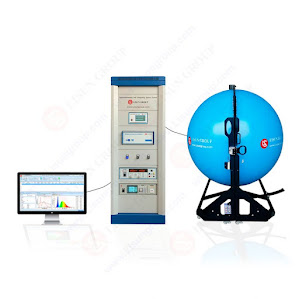LED power driver surge immunity measurement steps
.jpg)
The evaluation of surge immunity is a critical test for LED power drivers since it ensures that these drivers are able to work correctly even in the face of electrical disturbances such as switching power supplies or lightning strikes. The following is a list of the basic actions that need to be taken in order to assess the surge immunity of an LED power driver: In order to prepare the LED power driver, check that the LED power driver is in excellent functioning condition and that it is connected to the power source in the correct manner. Connect the LED power driver to the surge generator. Use appropriate test leads to make the connection between the LED power driver and the surge generator. Activate the surge generator by using the controls on the surge generator to program the required surge characteristics. These parameters include surge voltage, surge current, and surge duration. The standards and regulations that the LED power driver has to comply with will determine the partic...
.jpg)
.jpg)

.jpg)
.jpg)
.jpg)
.jpg)
.jpg)
.jpg)
.jpg)
.jpg)
.jpg)
.jpg)
.jpg)
.jpg)
.jpg)
.jpg)
.jpg)
.jpg)